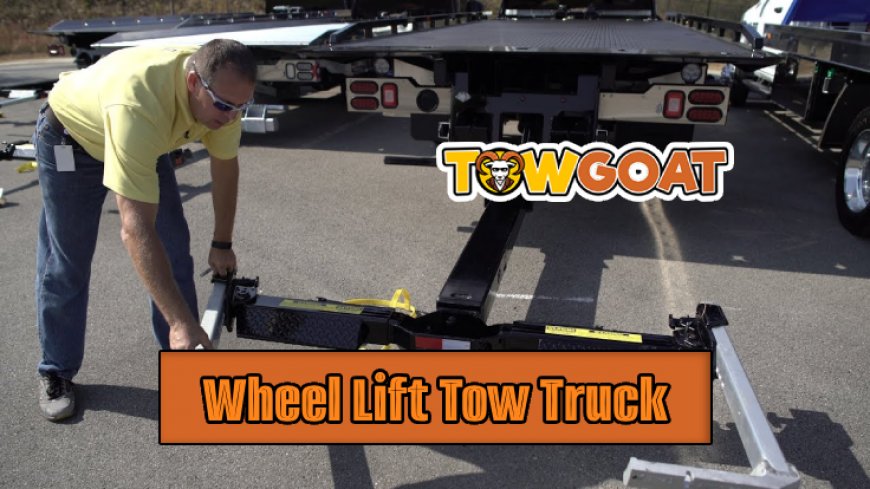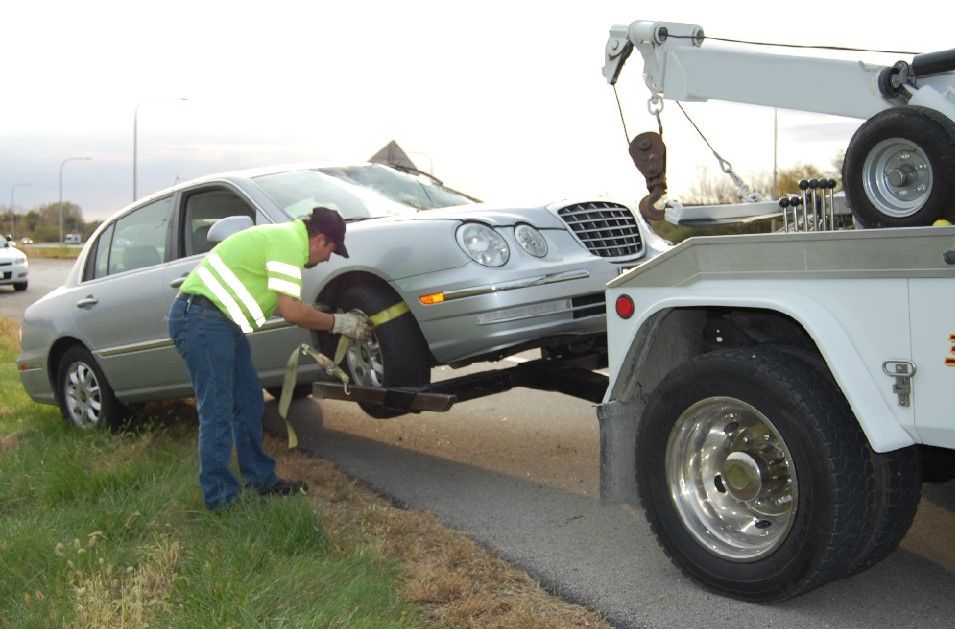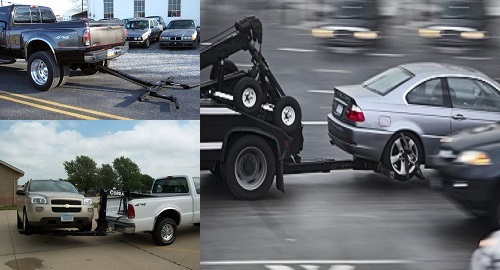Understanding the Wheel Lift Tow Truck | A Comprehensive Guide
Uncover the intricate design, advantages, and potential limitations of a wheel lift tow truck.

If you're in the towing industry, chances are you've come across a wheel lift tow truck. This versatile piece of equipment presents a host of advantages and potential limitations that anyone aiming for towing triumphs should know. Whether you're a seasoned pro or a towing enthusiast, this comprehensive guide will help enhance your understanding of the wheel lift tow truck and its pivotal role in towing operations.
The Lowdown on Wheel Lift Tow Trucks
First off, let's delve into the nitty-gritty of what makes these trucks a common sight in towing fleets and roadside rescue scenes.
Table of Contents
- The Evolution of Wheel Lift Tow Trucks
- How a Wheel Lift Tow Truck Works
- The Advantages of Wheel Lift Tow Trucks
- Limitations of Wheel Lift Tow Trucks
- Is a Wheel Lift the Right Choice for You?
- Operational Best Practices
- How To Maintain Your Wheel Lift Tow Truck
- Conclusion
The Evolution of Wheel Lift Tow Trucks
Born from necessity, the development of wheel lift tow trucks has its roots firmly planted in towing history. Starting in the late 1960s, adaptations to conventional tow trucks were gradually implemented to resolve specific challenges associated with towing vehicles.

Today, the wheel lift tow truck represents the cumulative wisdom of decades of experience, nifty tweaks, and significant innovations in the towing industry. But to appreciate the marvel of engineering that it is today, let's take a glance at how it all began:
The Early Days: Initially, towing was a straightforward process. A hook and chain (also known as a 'sling' or 'belt lift') were used to tow a vehicle by hooking chains around the vehicle's frame or axle. While this method was effective, it often resulted in damage to the towed vehicles, leading to a need for turnaround in the industry. The Transition: This spurred on the development of wheel lift tow trucks, a system that minimizes potential vehicle damage during towing. In the 1970s, an inventor named Ernest Holmes, Jr. came up with a more refined approach - a hydraulic dolly that cradled the vehicle's wheels, reducing the chances of damage.
The Impact:
This evolution marked a paradigm shift in the towing industry - it led to safe, reliable, damage-free towing, heralding the arrival of the modern wheel lift tow truck.
How a Wheel Lift Tow Truck Works

To truly appreciate the intricacies of a wheel lift tow truck, it's essential to understand its operating mechanism. Here's a simple breakdown:
- Engaging the Lift: The tow operator initiates the lift mechanism by extending a metal yoke from the back of the truck. This placement varies depending on whether the towed vehicle is rear or front-wheel driven.
- Securing the Vehicle: Once extended, the yoke is positioned under the drive wheels of the car or the truck (front wheels for front-wheel-drive vehicles and rear wheels for rear-wheel-driven ones). The wheels are then secured on the yoke using safety chains—thus ensuring that the vehicle is firmly connected to the tow truck.
Lifting the vehicle:
- A hydraulic lift system is used to elevate the car off the ground via the yoke. The non-driving wheels stay grounded, allowing the tow truck to move the vehicle smoothly.
The Advantages of Wheel Lift Tow Trucks

Now that you know how a wheel lift tow truck operates, let’s shed some light on its benefits:
Safety: Using a wheel lift tow truck significantly reduces the risk of damaging the towed vehicle. There is less direct contact with the vehicle’s bodywork or chassis, leading to fewer chances of accidental dents, scratches or structural damage. Impressive maneuverability: Wheel lift tow trucks are particularly useful in tight spaces where traditional flatbed tow trucks might struggle. Efficiency: The hydraulic system of a wheel lift tow truck simplifies the towing process, helping to increase productivity and efficiency.
Versatility:
These trucks can comfortably handle a wide variety of vehicles, from compact cars to larger trucks and SUVs, making them a versatile choice for any towing company.
Limitations of Wheel Lift Tow Trucks
Despite their considerable benefits, wheel lift tow trucks come with their own set of limitations:
- While wheel lift tow trucks are highly versatile, they are less suitable for towing luxury vehicles or cars with low ground clearance due to the risk of cosmetic or structural damage.
- The risk of wear and tear on the towed vehicle's tires is higher with wheel lift towing as the vehicle is towed on its own wheels.
- The towed vehicle's parking brake must be disengaged for towing—that can be a challenge in cases where it is stuck or malfunctioning.
- Additional training is required for operators to safely and efficiently handle wheel lift tow trucks compared to traditional hook and chain tow trucks.
Is a Wheel Lift the Right Choice for You?
In the towing industry, the right equipment can be subjective. What might be the right choice for one situation may not suffice for another. Therefore, the decision should be based on the type of vehicles you primarily deal with, the commonness of tight-spaced scenarios, and the towing methods your team is proficient in.
Operational Best Practices
Proper training and adherence to best practices can help tow operators mitigate potential issues and make the most of a wheel lift tow truck. Here are some tips:
- Always check the working condition of your equipment before embarking on any towing operation.
- Ensure that the vehicle is properly secured on the yoke before lifting to minimize the risk of accidents during transit.
- Regular maintenance of hydraulic systems is crucial for the smooth operation of wheel lift tow trucks.
How to Maintain Your Wheel Lift Tow Truck

Maintenance is a key component of the longevity and performance of your wheel lift tow truck. Regular check-ups, servicing, and necessary repairs can help ensure it stays in top shape for your towing needs.
Hydraulic System:
Ensure the hydraulic fluid is clean and at an appropriate level. Seal leaks and replace worn-out parts promptly.
Towing Equipment:
Regularly inspect the yokes and chains for any signs of wear, tear, or damage.
Tire Health:
Check the tires of your tow truck for any signs of wear and tear. Properly inflated and roadworthy tires are vital for the safety and efficiency of towing operations.
Conclusion
Understanding the functions, benefits, and limitations of a wheel lift tow truck can empower you to make informed decisions in your towing operations. While it may not be the best fit for every scenario, it offers a blend of versatility, efficiency, and safety that undeniably adds value to any towing fleet. Remember to maintain your equipment well and adhere to operational best practices for an effective, long-lasting towing service.
What's Your Reaction?





























































